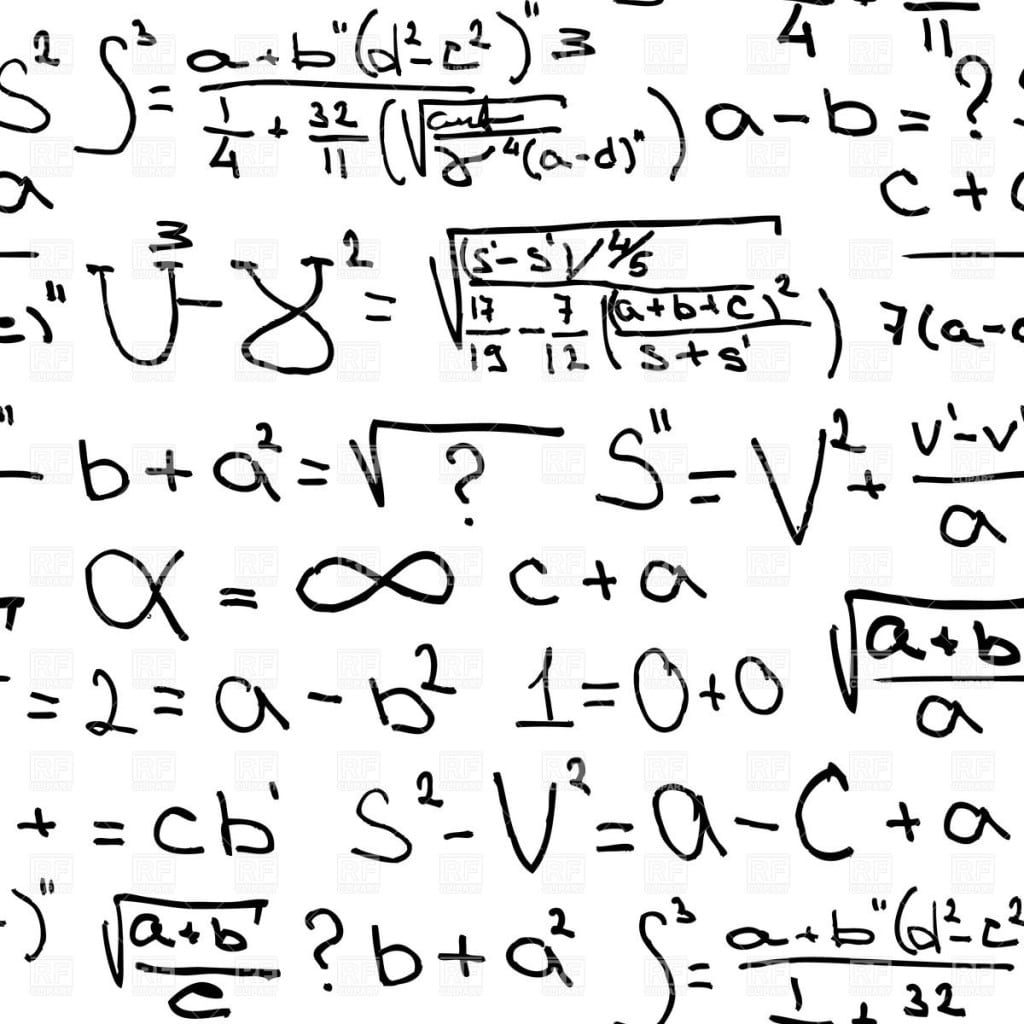 Algebra 2 moves math to an all-new level. Beyond frustration? It might be dyscalculia.
Algebra 2 moves math to an all-new level. Beyond frustration? It might be dyscalculia.
Dyscalculia is a specific learning disability. It impacts the ability to learn, understand, and perform math and number based operations. Annoying isn’t enough. Symptoms must be persistent and serious.
Dyscalculia is 11% in children with ADHD. Numbers for teens aren’t readily available, but research shows that gender is equally prevalent.
“Number dyslexia” in upper grades no longer circles around basic math skills. What’s the point in memorizing your times tables when you have a programmable calculator? Wait! Your times tables can be helpful in synthetic division. Say what?
- Difficulty using graphs/tables
- Uncertain money skills
- High math anxiety
- Trouble telling time (analog)
- Confused when counting money
Everybody loves geometry. Too bad it’s followed by Algebra 2. Algebra 1 and geometry are simple foundations for the “real world.” No holds barred.
Memorization will not help. It’s all about theory. Abstract learning is the primary skill students will need for the entire school year. Abstract thinking is a real challenge for students with ADHD. Times 10 if there’s dyscalculia too. You can help by starting strongly from day one.
- Explain why they need to take the class.
- Integrate contextual learning.
- Use YouTube for home study (I recommend Nancy Pi).
- Provide 2 textbooks (school, home).
- Encourage them to use extended-time accommodation.
Dyscalculia in students with ADHD can lead to diverse challenges in mathematics. Contrary to what you think, it exists regardless of age and abilities. Hopefully there’s an IEP or 504 Plan to provide support.
I wasn’t that lucky. My students didn’t qualify for accommodations. The “not achieving ‘adequately’ in school” made it impossible. The same goes for my private school. My clients with advanced children…same.
Do upper level students with ADHD get accommodations? I don’t know. My teaching experiences say no. Use these strategies. Check out my YouTube channel for teachers too.
- Matrices: Color-code problems
- Functions: Dry-erase board. Keep problems on the board.
- Quadratic Equations: Teach how to use the calculator.
- Conic Sections: Program calculator (Texas Instruments teacher line).
- Logarithmic Functions: Warm-up (Activate prior knowledge).
- Probability: Frequent checks (Checker must know content).
- Rational Functions: Heterogeneous groups.
QUESTION: How do you manage advanced students with disabilities? Answer in the comments below.
Copyright © 2021 by Edna Brown. All Rights Reserved.

Leave a Reply